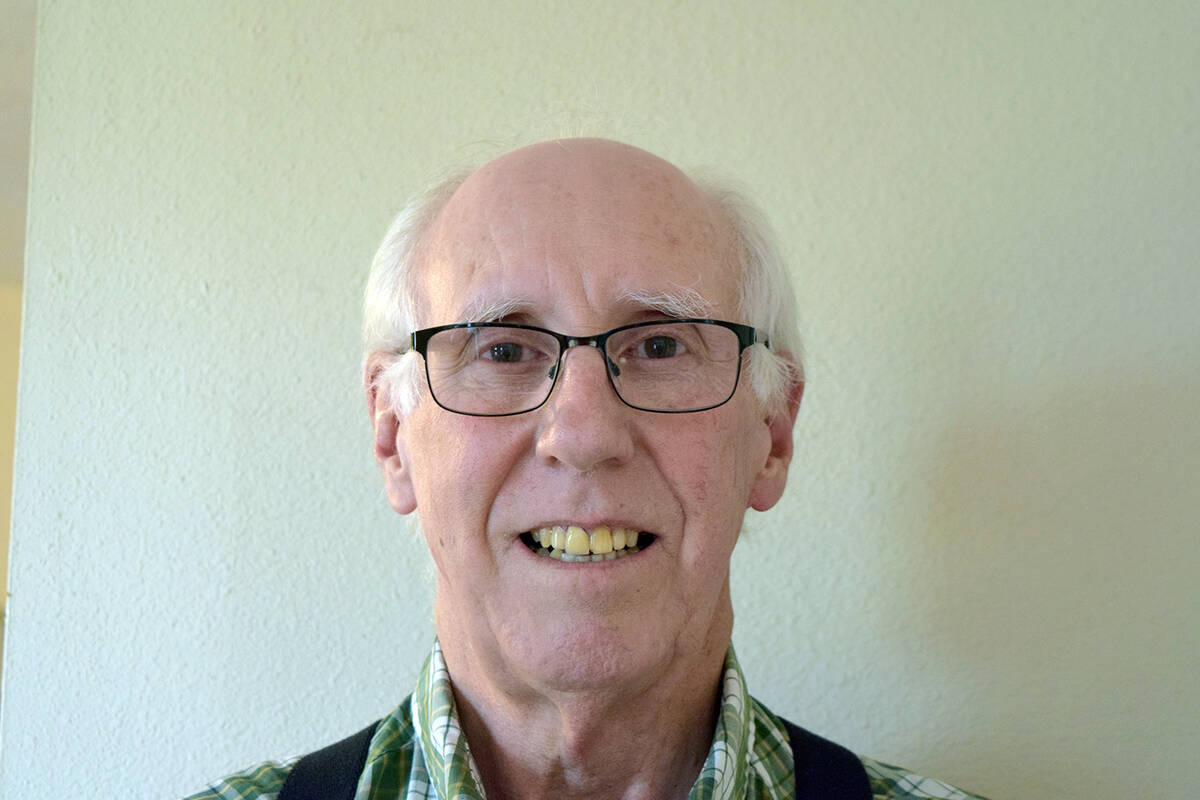Exhibit’s riches irresistible
Once the government seat of Humboldt County with a population of over 8,000, Unionville, Nevada, is now a small hamlet in Pershing County south of Interstate 80 and west on State Route 400, the Unionville Road.
Today, mostly a ghost town, the population estimate is approximately 20. With the 2020 census, the figures may change, one direction or the other.
In the 1860s and 1870s, Unionville was an active mining and prospecting town serving the surrounding hilly region. For a brief time, Samuel Clemens, (aka Mark Twain) lived there and tried his hand at prospecting, but he soon left without having had much success. Being a prospector was not right for Clemens. His success would come in another field.
Unionville had been the original county seat for Humboldt County, serving in that capacity from its founding in July 1861 until the seat was relocated to Winnemucca in 1873.
The big mining boom at Unionville occurred between 1863 and 1870. When Clemens arrived in Unionville in 1862 with the intention of prospecting for silver, he described the town as consisting of “eleven cabins and a liberty-pole.” But the mines in the Buena Vista district were rich. Clemens just wasn’t a good miner and, by 1864, shares on the San Francisco Stock and Exchange were priced at $600 each. And the mines had already delivered almost $1 million in processed ore.
With its success, “the proud citizens of Unionville,” as historian Gerald Higgs wrote, “wanted the prospective newcomer to know of the natural beauty (of the cottonwood canyons and valleys) that surrounded their town.” The concept of doing some international advertising was thought to be a good method. Thus, it was decided by the county commission that a large ore exhibit should be displayed at the upcoming Paris, (France) Exhibition scheduled for April-November 1867.
Higgs notes that Bill Dall, a local assayer, was the man who would gather what was necessary and present the display at the Exposition Universalle, which was to mark an anniversary of the Second French Empire under Napoleon III.
Dall sent word out to all the communities and mining camps in the Buena Vista district stating, “Only the finest and richest samples of ore would be accepted.” Soon, a large collection, about a ton, of the best gold and silver ore, “jewelry box quality,” had been received, totaling about $30,000. Today, that would amount to about $1 million.
However, this amount of wealth was just too much of a temptation for Dall. And even though he may have tried to resist, one night he melted all of the ore into convenient gold and silver bars, loaded it onto a wagon and left town, never to be seen again. He likely lived quite lavishly the rest of his life, somewhere.
Surprisingly, all of this did not seem to bother the residents of Unionville very much. With all the riches the county had, they let it pass, didn’t even try to track Dall down to bring him to justice, and Higgs wrote, “Within two weeks later, it is extremely doubtful anyone remembered anything about it. Water under the bridge, let’s move on.”
Higgs doesn’t mention if Unionville tried again to send a delegation and display to the Paris Exhibition in 1867. Likely they did not.
As with other mining towns in the American West of the time, Chinese laborers resided in Unionville, too, and worked the mines in the American Canyon. The town’s white inhabitants were quick to exhibit virulent anti-Chinese racism, but that in itself is a story for another time, yet still a part of state history in Nevada’s Yesteryear.
(Adapted from a story by Gerald Higgs, “Lost Legends of the Silver State,” 1976)
Dave Maxwell is a Nevada news reporter with over 35 years in print and broadcast journalism, and greatly interested in early Nevada history. He can be reached at maxwellhe@yahoo.com.








